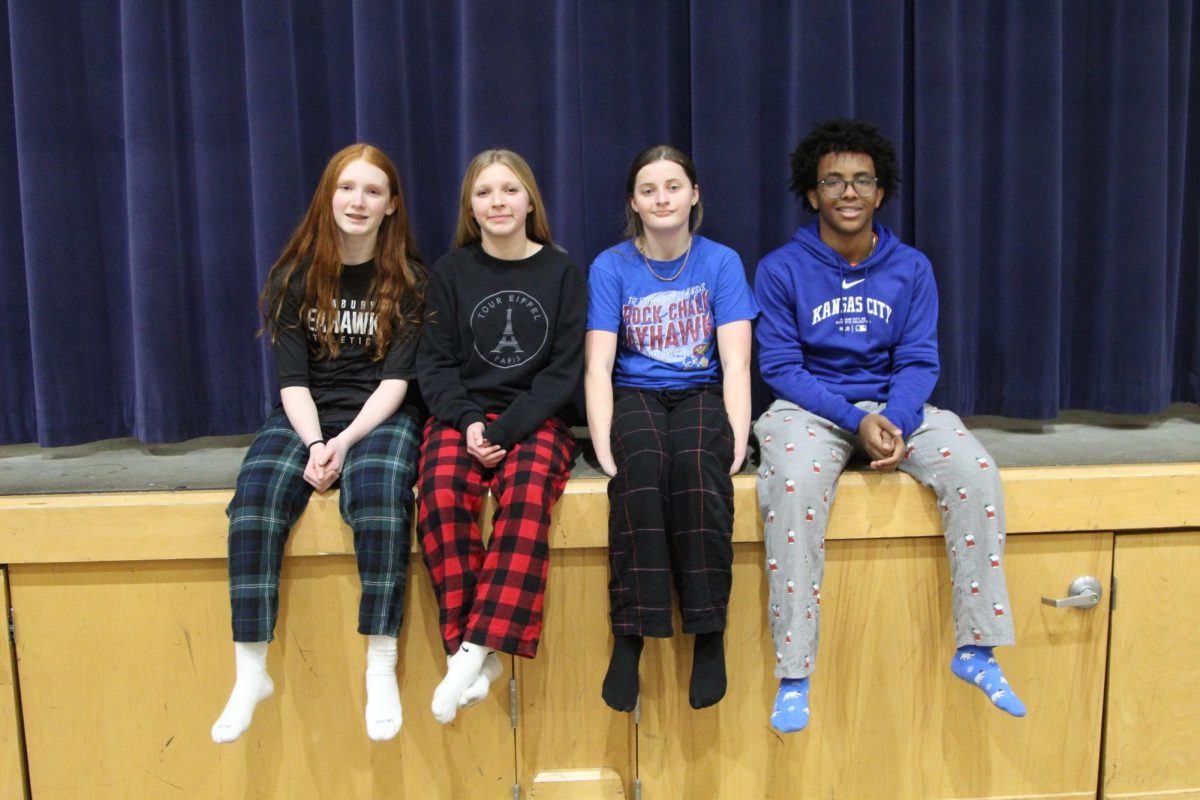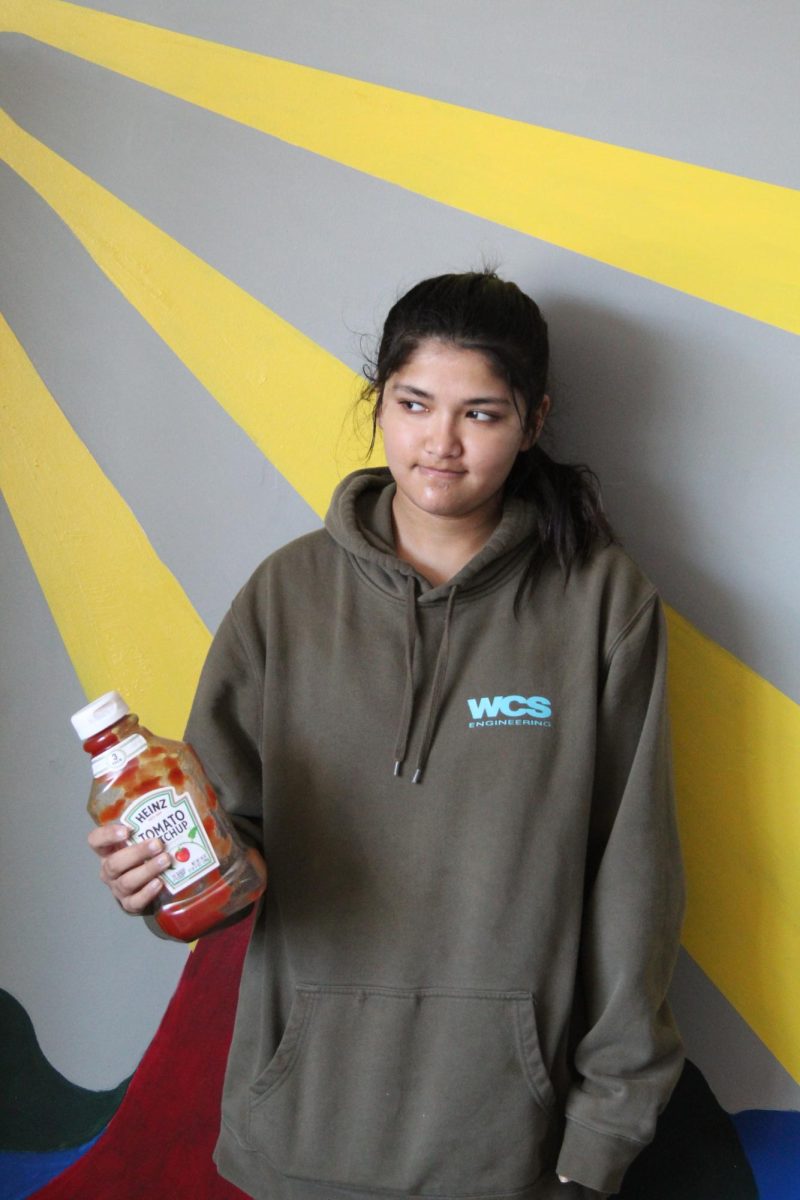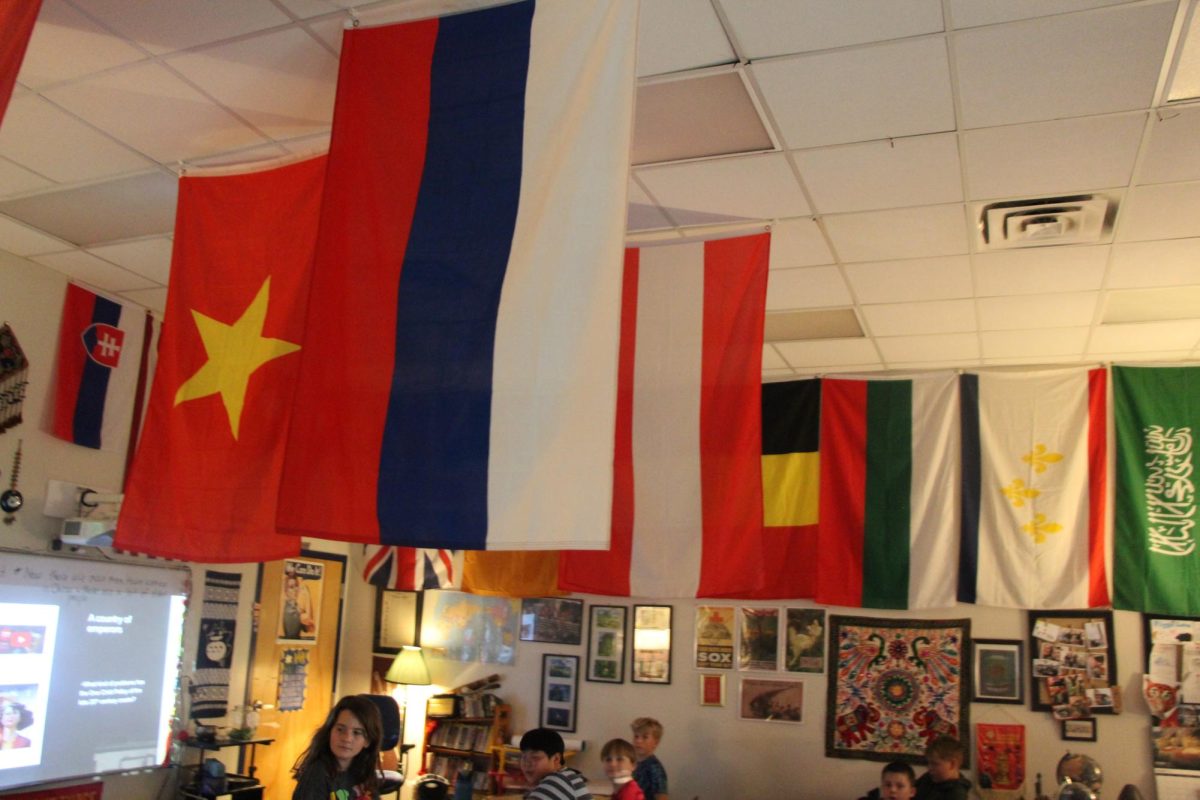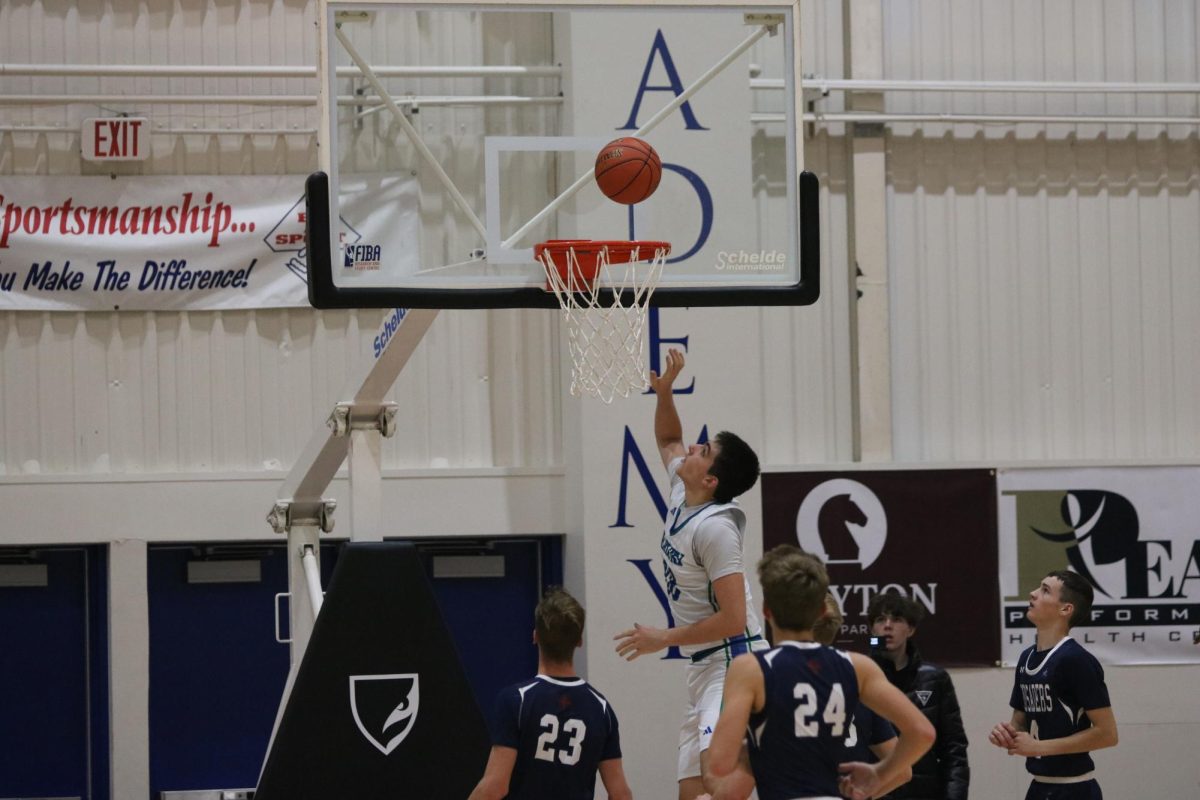After the dress code was dropped in 2021, students celebrated in utter jubilation after years of starchy confinement and khaki-colored misery—that was until they had to pick out their first outfit with no rules. In the first days of the after dress code era, outfits lacked the expected pizazz, and instead students settled into a new, unspoken routine: the comfortable bare minimum. From sweatpants to slides, the fashionable, expressive daydream of yore faded away into a much more homogenous, fleece-lined reality. Now, four years later, the indisputable kingpin of the Seabury fashion scene is the plaid pajama pant. How and why did this fuzzy article gain popularity? Is this the future the students who worked to abolish the dress code imagined?
Faculty member Lisa Leroux-Smith, who monitors student clothing for dress code violations, has seen this style for a while: “I taught at KU for a very long time, and this is not a new fashion trend. It was happening at the college level. I think it has become even more prevalent since COVID because people, if they weren’t in school, went to [virtual] school without real clothes on,” she says.
Throughout all of history, clothing has become less formal. Suit jackets became hoodies and Oxfords became Ugg slippers, and at Seabury, this pattern continues: “[Pj’s are] taking the sweatpant just the next level down, for sure,” says Leroux-Smith. “I’m not sure where you go from sweatpants, you know, unless you’re wearing a onesie or something.”
Junior Jace Hoffman, a regular pj wearer, appreciates pajamas beyond their provided comfort: “I [wear them] so I can be more comfortable … and so I can wear my shorts underneath for basketball,” he says. When it comes to functionality, he finds that pj’s and sweatpants are “not all that different” and prefers the plush breathability of pajamas, especially “in this cold weather.”
Hoffman considers the comfort provided by pajamas to help him focus in class: “I think if I was sitting there in jeans and had to constantly adjust them because they were scratchy, I don’t think I’d get a lot of stuff done,” he says. In fact, pajama pants prove helpful outside of just the classroom environment to Hoffman, who says, “Sometimes I wear my pajama pants to basketball and I think it just helps me … stay locked in.”
Senior Jaden Xiadiyaer, who is known among his peers for his fashion, actually agrees, saying, “I mean, I wear jeans and then I wear a belt for jeans. The belt is kind of sometimes distracting me or something like that.” However, Xiadiyaer puts up with the slight discomfort, refusing to wear pj’s: “If I’m at school, I’m not [wearing pj’s]. If I’m at home or somewhere else, [though], I’m not going to wear jeans or something like that.”
While at the end of the day, Leroux-Smith just “[hopes] that people are projecting out into the world what they want to,” she does consider the current state of school attire a drastic change from the not-so-distant past: “To go from uniforms, just a handful of years ago all the way to wearing pajamas to school is a huge juxtaposition or whatever … I’m hoping at some point it swings back to the middle … From my perspective, when I’m showing a potential family the school and kids are wearing pajama bottoms and blankets, [it] just doesn’t look very … pulled together. We have a great relaxed culture, but it just doesn’t portray what I think we want it to portray to outside people,” she says.
Xiadiyaer, a Chinese exchange student, thinks that his dress code back creates more motivation to dress up for school, saying, “In China, … we have our school uniform that we have to wear … We [wear] it every day, so we hate [wearing] pajamas.”
Those who proposed the dress code drop expected a future where every student could express themselves through their clothing. Hoffman considers the flannel-filled present as fulfilling this expectation, saying, “I think everyone can just wear what they want to wear and people [can] be more comfortable.”








